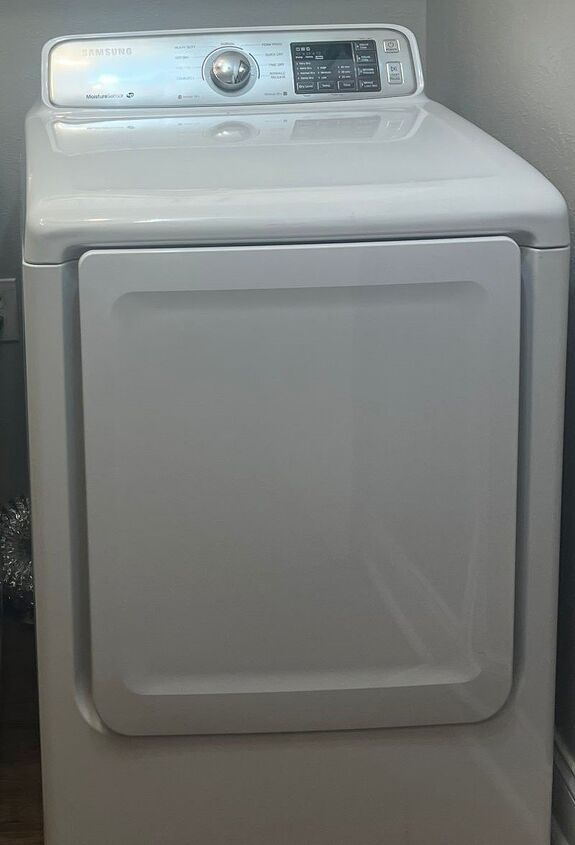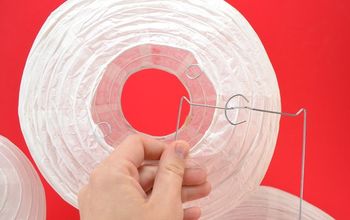I know that experts say that water heaters should be drained once a year to prolong their life span..
I like to do preventive maintenance whenever possible. What is the process? I envision connecting a water hose and seeing 40 gallons of water flow into my backyard and the yard of my neighbors. I do not want a flood!
-
That's about the extent of it. Your water heater manufacturer may have specific advice, but here is a nice general step-by-step guide with good photos etc. http://www.diynetwork.com/how-to/how-to-drain-a-water-heater/index.html
 3po3
on Dec 04, 2011
Helpful Reply
3po3
on Dec 04, 2011
Helpful Reply -
-
The process is simple. You do not turn off the water to the heater and just drain it. This will not remove any real sediment doing it this way, Simply take a old short washer hose and a five gallon bucket. while the water is on to the heater using gloves so you do not scald yourself place hose in bucket, connect to hose bib on heater. Turn on bib and fill bucket until no more sediment comes out. Might only be one gallon, or may take several gallons. The reason why you keep the water on is it helps flush the bottom as it fills when draining. Once done turn off water drain and remove hose. If the hose bib continues to drip, and it often does. Do not over tighten it in an attempt to stop this drip. It will not work. Go to any hardware store and purchase a hose bib cap. Cost about $1.50 Put it one valve and your done. If the hot water heater was around 10 years old I would suggest against it at that time. As the heater ages the sediment builds up on the inside. It displaces any water that would normally be in contact with the bottom of the heater. These little dots of debris sometimes allows the heater to overheat those areas and for the lack of a better explanation burns holes into the bottom of the metal weakening it. When you flush after that has occurred. It is quite common to find leaks the next day. This happens a lot with older heaters when people move in to the home. They are in a cleaning mode using many more gallons of water then the heater may had seen for many years. All this additional water can flush the sediment around with the result of these little hot spots beginning to leak in short order.
 Woodbridge Environmental Tiptophouse.com
on Dec 04, 2011
Helpful Reply
Woodbridge Environmental Tiptophouse.com
on Dec 04, 2011
Helpful Reply -
-
Thank you both very much!
 Alta M
on Dec 05, 2011
Helpful Reply
Alta M
on Dec 05, 2011
Helpful Reply -
Related Discussions
Would you rather wash and fold laundry or clean the dishes?
Given the choice, would you prefer washing the dishes or doing laundry? Share your preferences and insights!
Which room would you pick for a room makeover in your home?
We're curious, if you could redesign any room in your home, which is the room you would choose?Whether it's your cozy living room, your bustling kitchen, or even your... See more
Suggestions for a topper to cover just top of blinds?
We just painted the sunroom from sage green walls/ ceiling to this light beige walls and light blue ( tint of gray) ceilings. We Have to have blinds for the East morn... See more
How does one stop a shower curtain from sucking in and attacking you
It is so aggravating. I recently moved into an apartment with no shower "doors". Every time I shower the shower curtain is sucked into the shower and will not lay dow... See more
GNATS - How to get rid of them?
Somehow my house and garden got tiny gnats that killed my fuchsia plant and fly everywhere. I have tried ALL the Web recommendations - soap and oil dishes, sand in th... See more
Can I decoupage my toilet seat what is needed to do this?
I rent but I hate the carpet in my master bedroom what can I do?
The carpet is stained and gross I have lived here for 6 years. Should I rip it out and change it without asking my landlord or can I suggest that I will pay for putti... See more




